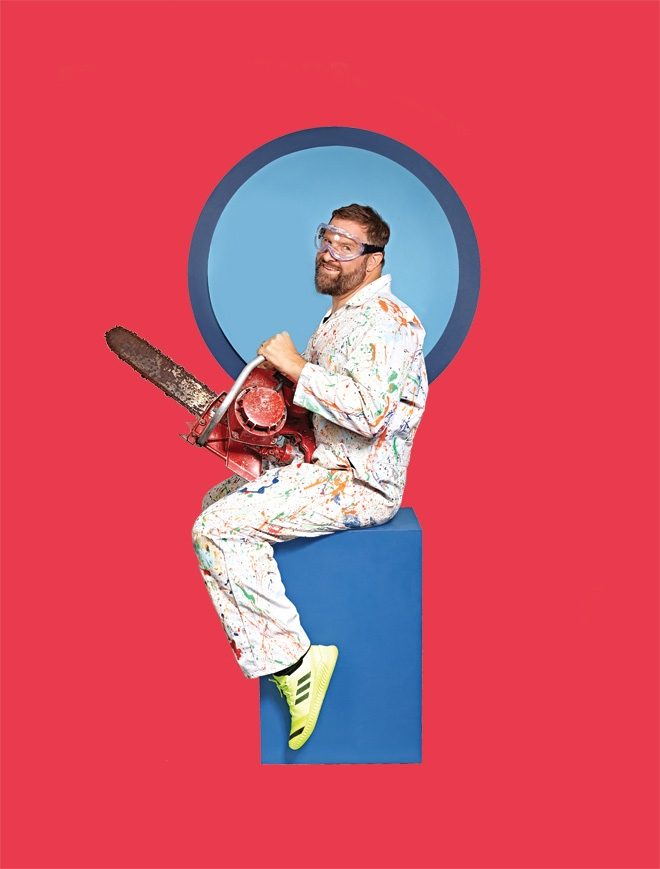Barclay Crenshaw appears refreshed. He received’t be for very lengthy: tonight marks October’s midway level, and he’s booked for the following 4 weeks stable. Yet the pressure doesn’t present. In reality, he appears virtually beatific.
Crenshaw, higher identified to followers as Claude VonStroke, maestro of tweaky but pleasant home music, and the pinnacle of Dirtybird Records –
an umbrella that encompasses a document label, occasion promotion, and all method of merchandise – has the form of presence that instils fast belief – or higher but, the promise of a great time. He’s a canny marketer to a sturdy and rising viewers. Dirtybird now runs three US festivals yearly, within the San Fran Bay Area, Florida, and Chicago, and plans are afoot for a December tour by Crenshaw and Curtis Jones, aka. Green Velvet, who play and produce back-to-back as Get Real.

The two met whereas disembarking from a airplane in Australia, recognising each other throughout the room, and after they met once more in Miami throughout Winter Music Conference, the place they have been unintentionally scheduled concurrently, they determined to play collectively for sport. “We performed a four-and-a-half hour, five-hour factor, and it was really easy,” says Crenshaw. “And I hate back-to-back – I didn’t get into this to try to determine how another person works! But it was like ESP. We undoubtedly needed to get instructed to get off [the decks].” The two held a spontaneous assembly whereas in Vegas on the VIP desk of a hip hop membership. “There was champagne,” says Crenshaw with fun. “It was fairly silly.”

Barclay Crenshaw was born in 1971 in Cleveland Heights, Ohio, within the coronary heart of the economic Midwest, earlier than transferring to Detroit when he was 12. They lived in Grosse Point, which he describes as “lifeless in the midst of the ‘Preppie Handbook’ period. Everyone’s popping collars, penny loafers. I’m like, ‘Oh, my god, that is the worst’. It took some time.”
By the age of 15, he and a beat-making buddy had put collectively a tape of Crenshaw’s “rap songs about our native pizza place” made on a four-track, and seemed within the Yellow Pages underneath ‘recording studios’. The largest advert belonged to Metroplex, Juan Atkins’ label – the inspiration of techno, actually. Crenshaw and his buddy bought on their bikes and pedalled a mile to East Detroit. “They have been like, ‘The rap tape’s not that unhealthy! But we don’t know what to do with you guys. We’re going to play you what we’re making’.” They placed on Atkins’ traditional Model 500 monitor ‘Technicolour’. Crenshaw didn’t know what to make of it but...
To learn the complete cowl characteristic, seize the December problem of Mixmag right here